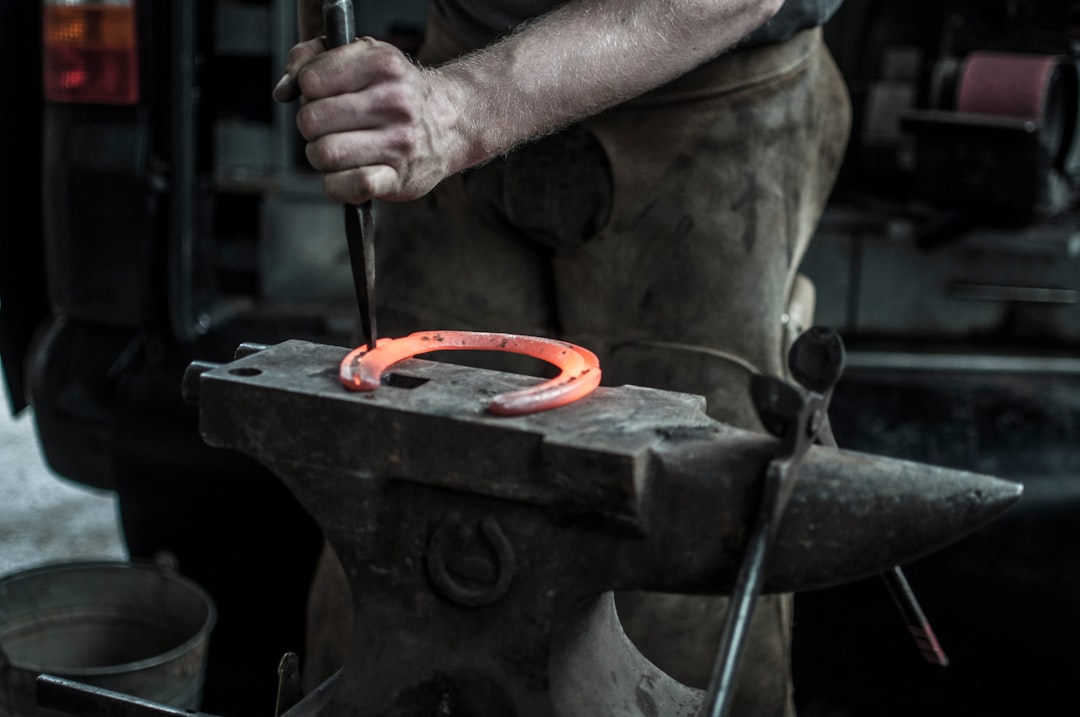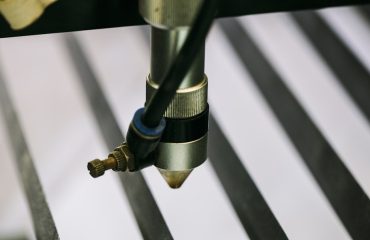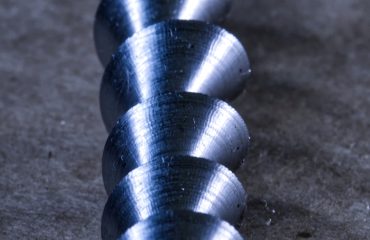Galvanized steel, a ubiquitous material in construction, infrastructure, and manufacturing, owes its widespread use to its exceptional corrosion resistance. This article delves into the science behind this remarkable property, exploring the process, factors influencing its longevity, and the diverse applications where it shines.
The Galvanization Process: A Protective Shield
The secret to galvanized steel’s resilience lies in the galvanization process itself. This involves coating steel with a layer of zinc, typically through hot-dip galvanizing, a process where steel components are immersed in a molten zinc bath. This creates a metallurgical bond between the zinc and the steel, forming a robust, durable coating. The thickness of this zinc coating is crucial; thicker coatings provide longer-lasting protection. Other methods exist, such as electrogalvanizing (where zinc is electroplated onto the steel), but hot-dip galvanizing generally offers superior corrosion resistance due to the thicker and more robust zinc layer.
The process not only provides a physical barrier against corrosive agents but also leverages the electrochemical properties of zinc. Zinc is more reactive than steel, meaning it preferentially corrodes, acting as a sacrificial anode. This means that even if the zinc coating is scratched or damaged, the underlying steel remains protected. The zinc continues to corrode, protecting the steel until the zinc is completely depleted.
How Zinc Protects Steel: The Science of Sacrificial Anodes
The electrochemical protection offered by zinc is a key factor in galvanized steel’s superior corrosion resistance. This is explained by the concept of sacrificial anodes. In the presence of moisture and oxygen, a galvanic cell is formed between the zinc coating and the steel substrate. Zinc, being more electropositive than iron (the primary component of steel), readily loses electrons, forming zinc ions (Zn2+). These electrons flow to the steel, preventing the iron from oxidizing and forming rust. This process continues until the zinc is completely consumed, providing long-term protection to the steel even after significant coating degradation.
The effectiveness of this sacrificial protection depends on several factors, including the thickness of the zinc coating, the environmental conditions (humidity, salinity, pollution), and the presence of other metals that might alter the electrochemical reactions.
Factors Affecting the Lifespan of Galvanized Steel
While galvanized steel offers excellent corrosion resistance, its lifespan isn’t indefinite. Several factors influence its longevity. Environmental conditions play a significant role. Highly corrosive environments, such as coastal areas with high salinity or industrial areas with high levels of air pollution, can accelerate corrosion. The thickness of the zinc coating is also critical; thicker coatings provide significantly longer protection. The quality of the galvanizing process itself is paramount, ensuring a uniform and defect-free coating is crucial for optimal performance.
Furthermore, the type of steel substrate also impacts the overall corrosion resistance. The composition and surface finish of the steel before galvanization can influence the adhesion and performance of the zinc coating. Proper surface preparation is essential to maximize the longevity of the galvanized steel.
Applications Where Galvanized Steel Excels
The exceptional corrosion resistance of galvanized steel makes it ideal for a vast array of applications. In construction, it’s widely used for roofing, cladding, fencing, and structural components. Its durability and longevity make it a cost-effective solution for long-term projects. In infrastructure, galvanized steel is employed in bridges, pipelines, and other outdoor structures exposed to harsh environmental conditions. The automotive industry utilizes galvanized steel for body panels and other components, improving the vehicle’s lifespan and reducing the need for frequent repairs.
Other applications include: agricultural equipment, storage tanks, transmission towers, and various industrial components. The versatility and corrosion resistance of galvanized steel make it a preferred material across numerous sectors.
Maintaining and Extending the Lifespan of Galvanized Steel
While galvanized steel is inherently durable, proper maintenance can significantly extend its lifespan. Regular cleaning can remove accumulated dirt, debris, and corrosive substances that might accelerate corrosion. In harsh environments, applying protective coatings over the galvanized surface can provide additional protection. Avoiding damage to the zinc coating is crucial; minimizing scratches and abrasions during handling and installation prevents premature corrosion. Regular inspections can identify any signs of corrosion early on, allowing for timely repairs or maintenance to prevent extensive damage.
Understanding the factors influencing the corrosion resistance of galvanized steel allows for informed material selection and proper maintenance practices, maximizing its lifespan and ensuring its continued effectiveness in diverse applications.
Tags: galvanized steel, corrosion resistance, zinc coating, hot-dip galvanizing, steel protection




